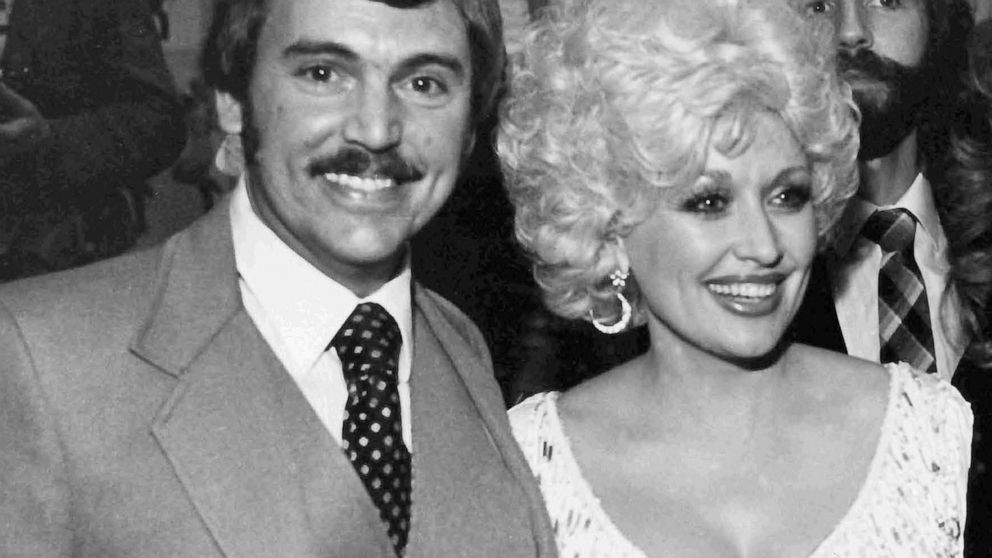NASHVILLE, Tenn. — Journalist Joe Edwards, who chronicled country music and helped “Rocky Top” become a Tennessee state song during his four-decade Associated Press career, has died. He was 75.
Longtime AP colleague Randall Dickerson said Edwards’ wife called him to share the news that her husband died Friday after a lengthy illness in Nashville.
Edwards documented the ascent of country music through interviews with stars ranging from Dolly Parton to Taylor Swift. He wrote the AP’s Nashville Sound country music column from 1975 to 1992 and did commentary for The Nashville Network cable TV station in the 1980s.
When Edwards retired in 2012, Reba McEntire said in a video tribute: “I’ll never forget the first time you interviewed me at the very beginning of my career, and I’ll never forget how sweet you were always to me.”
In 1982, a story Edwards wrote about the popularity of the song “Rocky Top” led the General Assembly to declare it a state song.
“He got the ball rolling,” Boudleaux Bryant, the song’s co-writer, said at the time.
He also covered sports and a variety of other topics during his AP career, which was spent entirely in Nashville. He worked most of the jobs in the Nashville bureau, including sports editor, broadcast editor and day and night supervisor.
Edwards was among those covering the death of Elvis Presley in 1977. He also reported about or edited stories from more than 20 Country Music Association awards shows.
He was nominated for several AP writing awards in the 1970s and 1980s.
“I just show up on time and do what I’m told,” he once said.
He wrote often about the syndicated TV show “Hee Haw,” and he once appeared on camera with its cast members.
Edwards began his AP career in 1970 after graduating from Eastern Kentucky University. Prior to that, he attended Vincennes University in Indiana.
While in college, he worked for the Cincinnati Enquirer and the Crawfordsville, Indiana, Journal-Review.
Shortly after taking the job in Nashville, he periodically played basketball with Al Gore, then a reporter for The Nashville Tennessean. Gore later became vice president.
“He was a pretty good rebounder,” Edwards recalled.
Country music stars he interviewed also included Garth Brooks, Willie Nelson, Kenny Rogers, Barbara Mandrell and Loretta Lynn. For several years, Edwards voted on nominees for the Songwriters Hall of Fame.
He specialized in writing obituaries, including those for music stars Johnny Cash, Porter Wagoner, Roy Orbison, Bill Monroe and Carl Perkins.
In 2010, he wrote extensively about the Nashville flooding that left much of the city submerged for several days. But he preferred reporting about more light-hearted topics, such as the taster at the Jack Daniel’s distillery in Lynchburg, Tennessee.
Also, Edwards traditionally wrote a year-end story annually wrapping up Tennessee’s offbeat happenings of the year.
“People call and ask if I’m going to do the weird story again,” he said.
In the early 1970s, as bureau sports editor, Edwards spearheaded an effort to include girls high school basketball scores on the AP wire and to have a girls poll join the one for boys.
